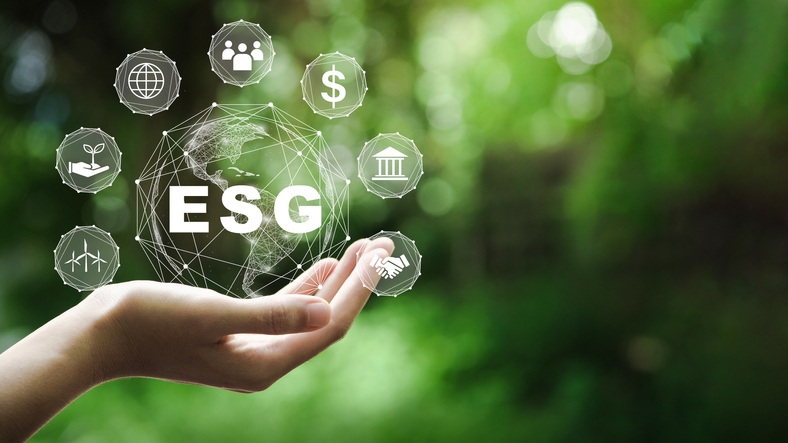If we want to be more sustainable and achieve our ESG (environmental, social, and governance) goals, we need data, which of course is easier said than done. Many companies have a data challenge, meaning they are trying to pull insights from legacy systems and legacy business processes that haven’t been modernized. Perhaps this is our next step to addressing ESG in our organizations.
This is exactly the conversation I recently had with Matthew Sekol, industry advocate, worldwide sustainability, Microsoft. We talked all about data on The Peggy Smedley Show this past week. He explains how Microsoft intersects with ESG in a number of ways—and he breaks it down into three different categories.
- Cloud solutions are designed with sustainability in mind.
- Product and universal challenges (examples include measuring carbon reduction or how collaboration tools can be used to foster a great employee culture).
- How Microsoft works with partners and internal services organizations to build solutions that focus on more material issues.
There are many areas to explore when discussing our climate impact, but for this blog let’s just tackle one area related to environmental. Since carbon is such a big focus for so many organizations these days, Microsoft Cloud for Sustainability is a SaaS (software-as-a-service) offering that aims to help customers organize around data. The first module is called Microsoft Sustainability Manager and it is focused on helping customers record, report, and reduce their Scope 1, Scope 2, and some of the Scope 3 category metrics.
“At Microsoft, we believe technology can play the biggest role in helping firms manage their carbon, water, waste, and ecosystems, so this is really just the first module in what is going to be a really interesting product that is going to help businesses understand their operations in a new way,” he explains.
He goes on to say the recording and reporting are absolutely critical in order to understand how you are addressing issues, giving the example of Microsoft itself, which openly admits its Scope 3 went up in its latest sustainability report because of continued cloud success as well as increased device use like Xbox during COVID. Since Microsoft has the data in hand, it is now taking steps to remediate that Scope 3 increase and bring it back down.
This is a great example of Microsoft leveraging data, taking it, and making a change. Because, as I always say, data for data’s sake isn’t going to change anything. While data can give us with insights, we need to actually take that and apply it to our business, which is exactly what Microsoft is doing and suggesting others do as well.
“This isn’t going to be a linear journey, but we need to keep at it because we made commitments and we need to meet those commitments as an organization,” he says.
I love this concept that our transition from a linear make-take-waste model to a more circular economy isn’t going to be a straight path forward. It is honest. We will also need to find the right people coupled with the right data and that is what we need right now. And it isn’t going to happen overnight. Companies need to find the people who want to excel at ESG. Imagine the rise in the form of chief carbon officers and the emergence of other ESG titles that will guide the ESG ship. But even more importantly, we need people who want to excel in all areas across a host of industries. We need a sea of talent that will excel in ESG to record, report, and reduce a company’s Scope 1, Scope 2, and Scope 3 metrics. There is a lot of learning that needs to be done—and data is going to be the tool that keeps us heading in the right direction.
Want to tweet about this article? Use hashtags #IoT #sustainability #AI #5G #cloud #edge #futureofwork #digitaltransformation #green #ecosystem #environmental #circularworld


